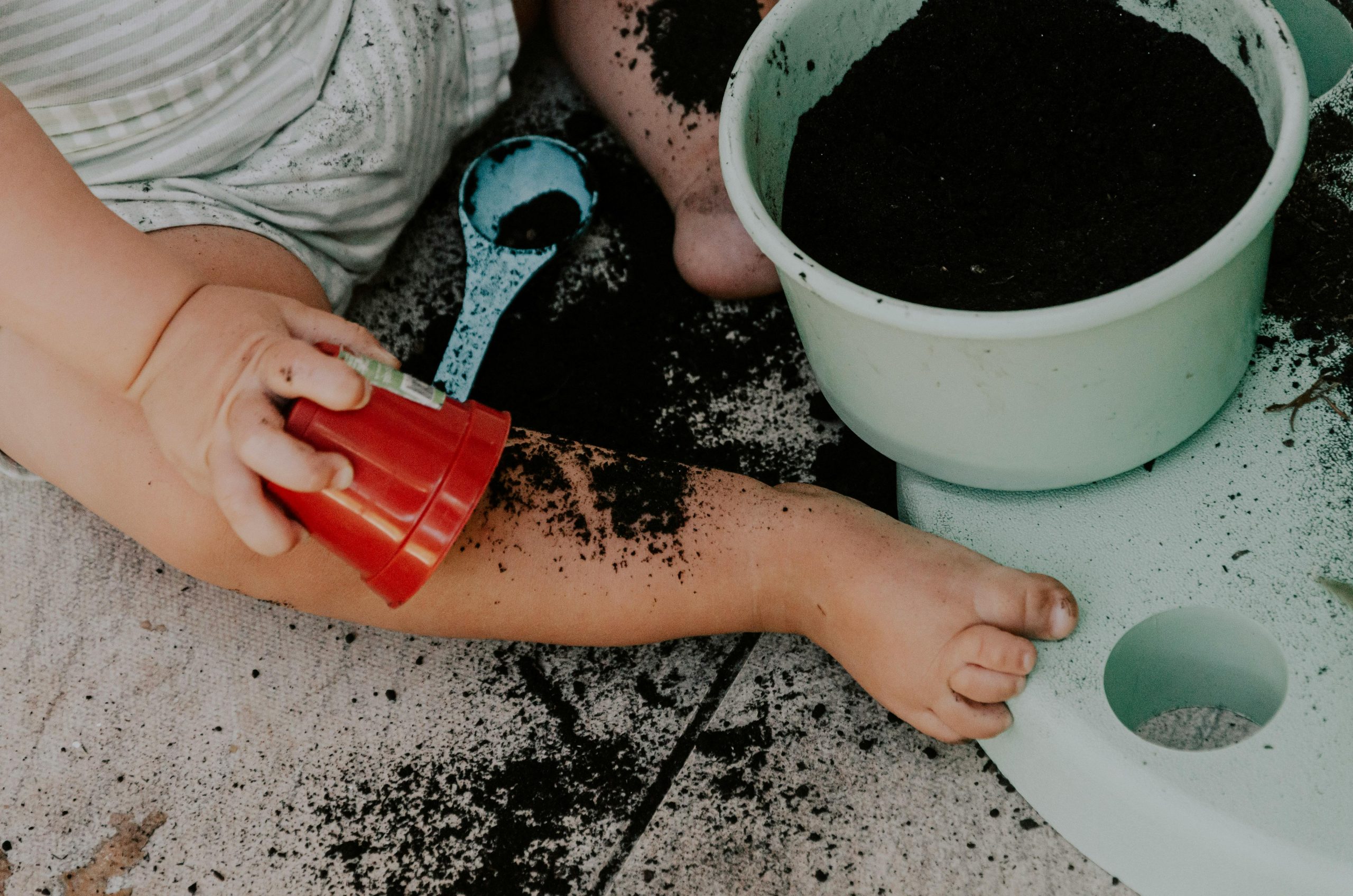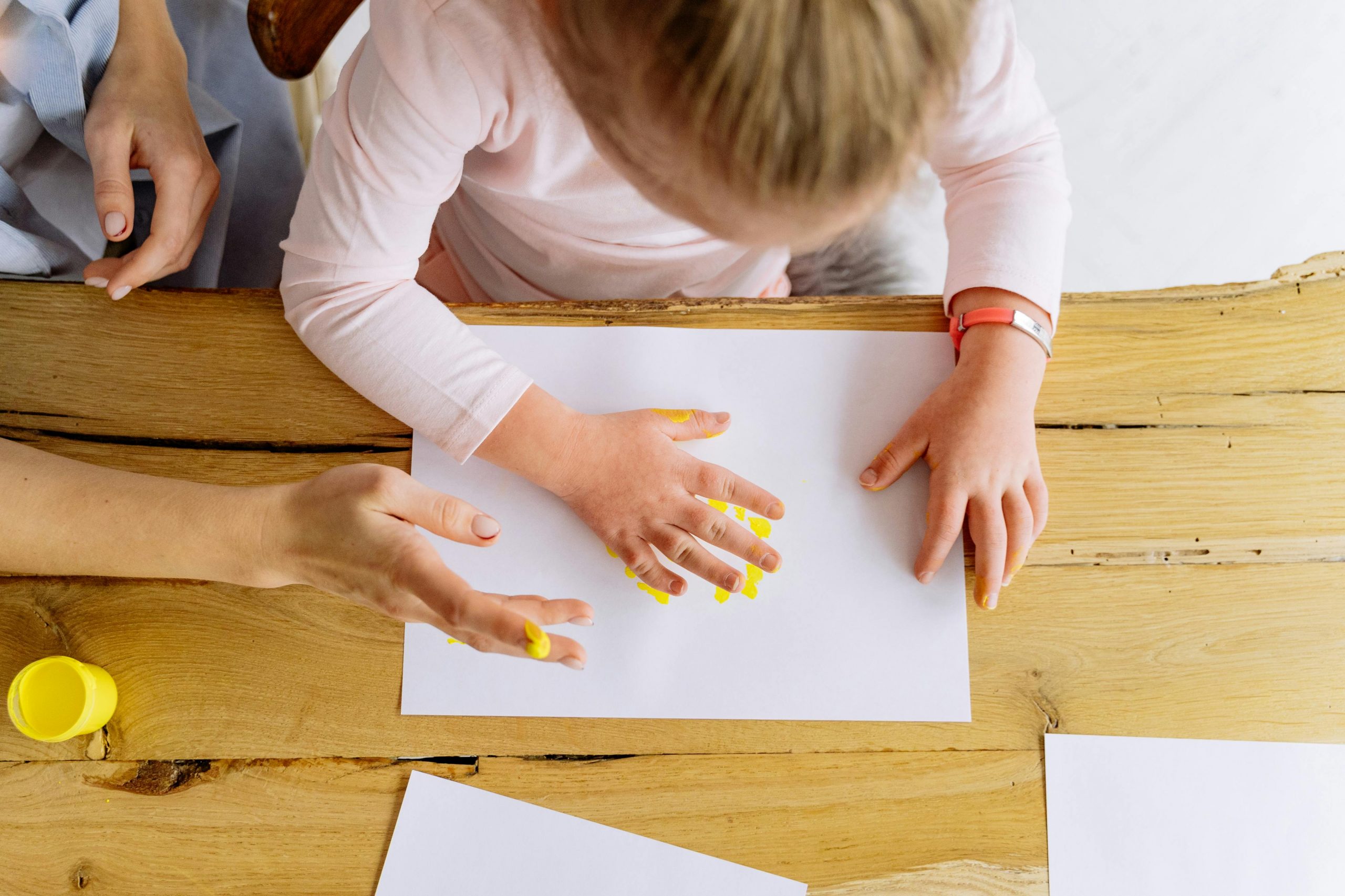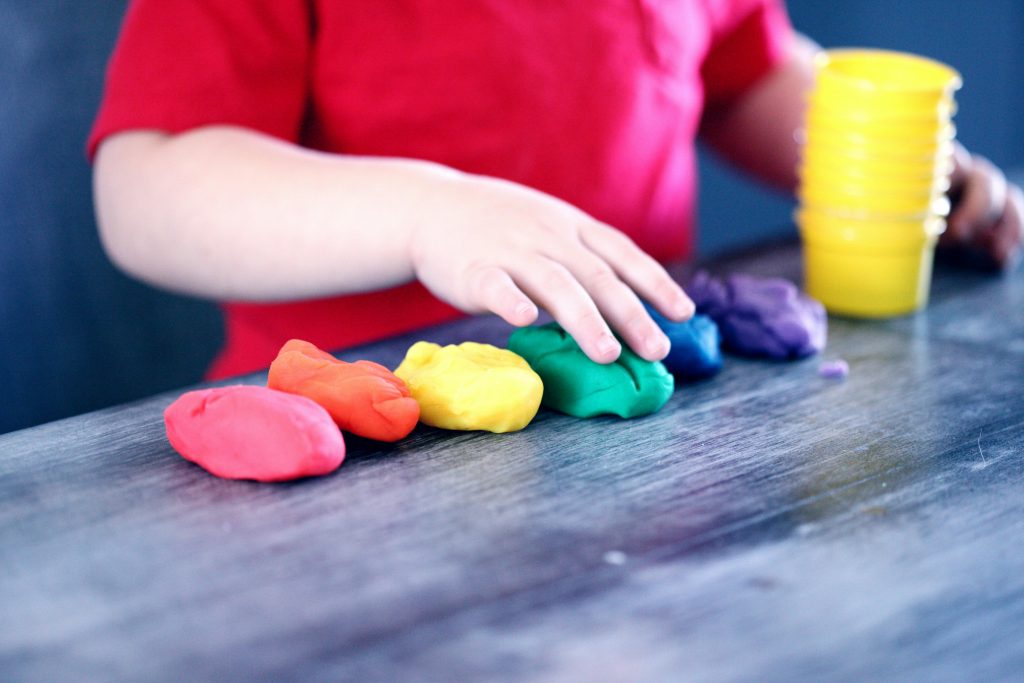Sensory play isn’t just fun—it’s a crucial part of your toddler’s development. For children who experience sensory processing challenges or need extra support, these playful activities can be therapeutic, calming, and even educational.
In this article, we’ll walk you through a list of therapist-approved sensory activities that support regulation, motor development, language skills, and social-emotional learning. These activities are designed to be gentle, engaging, and easy to do at home, especially for toddlers who need a bit more help making sense of the world around them.
What Makes Sensory Play Important for Toddlers with Extra Needs?

Sensory play for toddlers stimulates their senses—touch, sound, sight, smell, and even movement—helping them connect with their environment in a safe, enjoyable way. For toddlers who may be oversensitive, undersensitive, or simply overwhelmed by sensory input, structured sensory activities can offer:
- A calming routine
- Improved body awareness
- Language development through interaction
- Better attention span
- Opportunities for emotional regulation
According to pediatric occupational therapists, integrating playful sensory experiences into daily life helps toddlers build tolerance, confidence, and trust in their surroundings.
How Do You Know if Your Toddler Needs Extra Sensory Support?
Every child has different sensory preferences, but signs that your toddler might benefit from more intentional sensory activities include:
- Frequent meltdowns during transitions or noisy environments
- Dislike of certain textures (e.g., sticky, wet, or scratchy)
- Constant need for movement or trouble sitting still
- Sensitivity to lights or sounds
- Seeming unaware of pain or body position
If any of these sound familiar, try introducing these sensory-rich activities and observe how your toddler responds.
1. Sensory Bins: The Classic Therapist-Recommended Tool
Why it works: Sensory bins are a favorite among therapists for a reason. They’re customizable, calming, and allow toddlers to explore textures safely.
How to set it up:
- Use a shallow plastic bin
- Fill it with a base material: dry rice, pasta, water beads, kinetic sand, or shredded paper
- Add scoops, spoons, small toys, or figurines
- Offer a theme (like “ocean adventure” or “dinosaur dig”)
Therapist Tip: Encourage language use by asking questions like “What did you find?” or “How does it feel?”
2. Water Play That Soothes and Stimulates
Why it works: Water is naturally calming. It can also help with motor planning and tactile input.
Ideas to try:
- Sink or tub play with plastic cups, spoons, and floating toys
- Ice cube exploration (add food coloring or small frozen toys)
- A small water table with bubbles and sponges
Make it playful: Try a “washing station” with toy animals or cars. Toddlers love pretending, and this adds a purpose to their play.
3. Calming Sensory Bottles
Why it works: These are excellent tools for visual input and can be used during quiet time or to help your toddler self-regulate after a meltdown.
How to make it:
- Fill a plastic bottle with water, glitter glue, beads, and small objects
- Seal the lid securely
- Let your toddler shake and watch the glitter slowly settle
Use it during:
- Transitions (e.g., before nap or bedtime)
- Car rides
- Moments of overstimulation
4. Deep Pressure and Heavy Work Activities
Why it works: For toddlers who are sensory seekers or have trouble sitting still, deep pressure and “heavy work” can help calm their nervous system.
Try these at home:
- Fill a backpack with soft items and let them wear it for a few minutes
- Push a laundry basket full of books across the floor
- Roll them up in a blanket like a “burrito” for compression
- Use a weighted lap pad during quiet activities
These provide proprioceptive input, which helps kids feel more grounded and focused.
5. Texture Trails and Tactile Art

Why it works: Many toddlers with sensory challenges struggle with certain textures. Giving them safe, playful exposure builds tolerance over time.
Ideas to explore:
- Create a texture trail using different fabrics (felt, satin, burlap)
- Finger painting with pudding, shaving cream, or washable paint
- Use sponges, rollers, or cotton balls instead of fingers for kids who are texture-averse
- Make “sensory cards” by gluing materials like sandpaper, pom-poms, or buttons onto cardboard
Therapist Tip: Always allow your child to lead. If they don’t want to touch something, don’t force it. You can model the play until they’re ready.
6. Movement-Based Sensory Activities
Why it works: Vestibular input (movement-related stimulation) is critical for balance, body awareness, and coordination. It’s also a great energy outlet for toddlers.
Fun ways to engage:
- Bounce on a small indoor trampoline
- Roll back and forth on a large exercise ball (with supervision)
- Dance to music and freeze when it stops
- Do “animal walks” like crab, bear crawl, or frog jumps
- Set up a mini obstacle course with cushions and tunnels
Many therapists recommend daily movement breaks to help with regulation, especially before meals or quiet time.
7. Sensory-Friendly Music and Sound Play
Why it works: Auditory play can improve listening skills and calm anxious toddlers. It also supports rhythm and speech development.
Playful sound ideas:
- Fill plastic eggs with rice, beans, or bells for homemade shakers
- Try “sound matching” by using different containers and letting toddlers guess the contents
- Use soft background music to set the tone for play
- Explore apps or toys with nature sounds, lullabies, or heartbeat rhythms
How Often Should Sensory Activities for Toddlers Be Done?
There’s no perfect formula, but consistency is key. Aim for short, daily sessions—around 10 to 20 minutes at a time. For toddlers with greater sensory needs, you can incorporate these activities several times a day as part of your regular routine.
You don’t need a rigid schedule. Think of sensory play as part of your parenting toolbox: something to pull out when your child seems overwhelmed, overstimulated, or needing a break.
When to Get Extra Help
If your toddler continues to struggle with sensory challenges, it may be helpful to consult an occupational therapist (OT). They can assess your child’s specific needs and suggest individualized strategies. Many of the activities in this article are based on OT recommendations and can complement formal therapy.
In a Nutshell
The goal of these therapist-approved playful sensory activities for toddlers isn’t perfection—it’s connection. By offering these experiences in a safe, relaxed environment, you’re helping your toddler grow, learn, and feel supported.
Start simple. Observe what your child enjoys. And remember: sensory play isn’t just therapeutic—it’s a powerful, joyful way for your toddler to explore their world.

